
Boiling Sweet Potatoes: Don’t Just Add Plain Water—Add This Spoonful for Perfectly Fluffy, Sweet Results
Boiled sweet potatoes are a simple yet beloved dish in many households. While boiling seems straightforward, achieving that ideal soft and naturally sweet texture actually requires a little technique.
Sweet potatoes are highly nutritious and have long been recognized as one of the healthiest root vegetables in the world. They are rich in fiber, antioxidants, and essential vitamins such as vitamin A, C, and B6. Studies show that regular consumption of sweet potatoes can improve digestive health, stabilize blood sugar levels, and support weight management (Healthline, 2023; WebMD, 2022).
Why Boiled Sweet Potatoes Deserve a Place in Your Diet
Sweet potatoes can be prepared in many ways—baked, steamed, mashed, or even made into soups and desserts. However, boiling remains one of the easiest and healthiest methods, as it helps retain most of the nutrients while enhancing their natural sweetness. According to the U.S. Department of Agriculture (USDA), boiled sweet potatoes preserve more beta-carotene compared to frying or baking (USDA, 2021).
Boiled sweet potatoes can be enjoyed for breakfast, as a snack, or even as a substitute for rice in calorie-controlled diets. They provide slow-releasing carbohydrates, which help maintain energy throughout the day without spiking blood sugar levels.
Choosing the Right Sweet Potatoes
Selecting the right sweet potatoes is the first step toward getting that perfect texture.
-
Shape: Choose ones that are evenly shaped—slightly tapered at the ends and thicker in the middle. This allows for more even cooking.
-
Skin: Pick sweet potatoes with smooth, vibrant skin that’s free of dark spots or bruises. Black patches may indicate internal rot or mold, which can affect both taste and safety (Harvard Health Publishing, 2023).
-
Smell: Avoid sweet potatoes with a sharp or pungent odor. A mild, earthy fragrance indicates freshness.
“Let the Sweet Potatoes Breathe” Before Cooking
Here’s a small trick from traditional cooks: allow the sweet potatoes to rest in a cool, dry, well-ventilated area for a few days before boiling. This natural drying process helps reduce excess moisture, concentrating the sugars and enhancing sweetness. However, make sure not to wash them before storage, as dampness can promote spoilage.
The Secret Ingredient: Salt
Now comes the key step. When you boil sweet potatoes, don’t just use plain water—add half a teaspoon of salt. The salt helps balance the flavor, intensify sweetness, and improve texture. Salt interacts with the natural starches in sweet potatoes, slightly firming their structure while drawing out deeper flavor notes.
-
Rinse the sweet potatoes thoroughly to remove dirt.
-
Place them in a pot and cover with water.
-
Add ½ teaspoon of salt for every liter of water.
-
Bring to a boil over high heat, then reduce to medium and simmer for about 10–15 minutes.
To test if they’re done, insert a chopstick or fork—if it slides in easily, the sweet potatoes are perfectly cooked. Avoid overcooking, which can make them mushy and less flavorful.
The Final Touch: Dry-Steaming for Extra Sweetness
After boiling, don’t remove the sweet potatoes immediately. Instead, pour off the water and return the pot to low heat. Allow the residual moisture to evaporate completely until the skin becomes slightly charred. This quick “dry-steaming” method caramelizes surface sugars, giving the sweet potatoes a richer, roasted aroma—similar to baked ones, but without the oven.
Why It Works—A Bit of Food Science
When sweet potatoes are heated slowly after boiling, the remaining starches convert into maltose, a natural sugar that enhances sweetness. This process is supported by findings from the Journal of Food Science (2020), which explains that controlled low-heat exposure after boiling boosts enzymatic sugar conversion, improving flavor complexity.
In summary:
Boiling sweet potatoes with a pinch of salt, letting them dry slightly on heat, and choosing good-quality roots will yield fluffy, sweet, and aromatic results every time. This simple kitchen hack turns an ordinary dish into a comforting, nutrient-packed treat—proven by both science and tradition.
References:
-
Healthline (2023). The Benefits of Sweet Potatoes.
-
WebMD (2022). Sweet Potatoes: Nutrition and Health Benefits.
-
USDA (2021). Nutrient Retention in Cooking Methods.
-
Harvard Health Publishing (2023). How to Choose and Store Root Vegetables.
-
Journal of Food Science (2020). Enzymatic Sugar Conversion in Sweet Potatoes under Controlled Heat.
News in the same category


More People Are Struggling with Visceral Fat — Doctors Reveal 9 Foods That Help Burn It Naturally
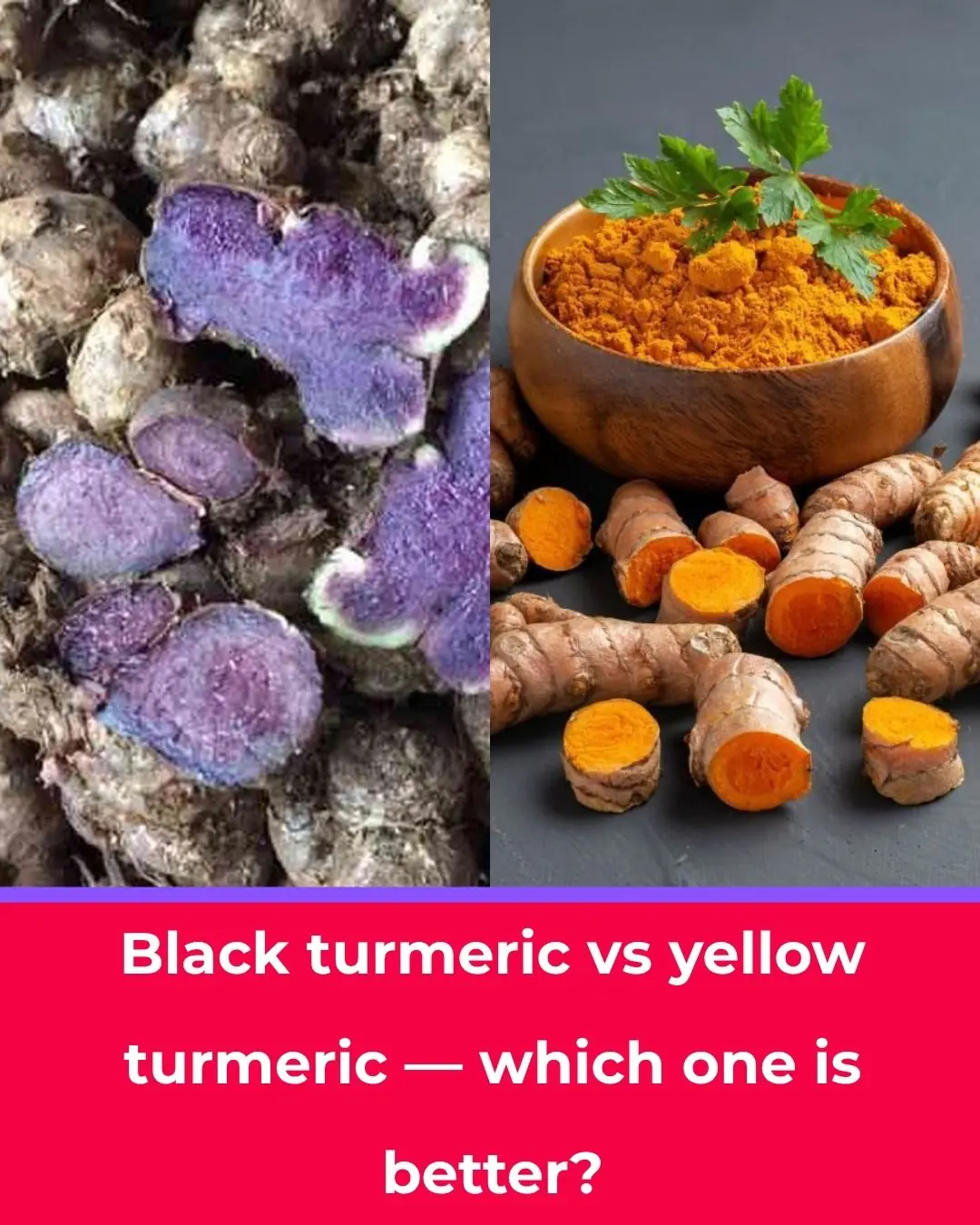
Black Turmeric vs. Yellow Turmeric: Which One Is Better?

Like to see more from Tips for the Home

I Had No Idea About This!

These Ideas Are Amazing: 10 Clever Ways to Use Dryer Sheets Beyond the Laundry Room

Most Don’t Know: 13 Brilliant Ways to Use WD-40 Around the House

YouTuber shocks fans after revealing he hasn't showered in three months

YouTubers expose reality of 'toxic' Colorado ghost town that was abandoned for tragic reason

Napheesa Collier Hasn’t Said One Good Thing About WNBA, Commisioner Or CBA Negotiations: League Still Offers 30-Day Extension Because It Holds All Leverage

Meet Claudette Colvin, The Teen Who Pioneered The Civil Rights Movement

Outkast Earns Nomination for the 2025 Rock & Roll Hall of Fame

Missouri Real Estate Agent Is Looking To Create 1,000 Black Homeowners In Kansas City

Florida Man Uses Stimulus Funds To Create ‘Generational Food’ Community Garden

17-Year-Old Honored For Creating Color-Changing Sutures That Detect Infection

California Mom of Four Celebrates Passing The Bar After Studying For 10 Years In Inspirational Viral Video

Model Loses Both Legs After Toxic Shock Syndrome From Everyday Tampon Use

Before And After: Woman With Extreme Lip Enhancements Reveals Old Look

Tragic End: Georgia O’Connor Passes Away Weeks After Wedding Amid Medical Neglect
News Post

5 Amazing Benefits Of Aloe Vera Gel For Skin: Large Pores, Dark Spots, Wrinkles

Clove & Lemon Collagen Drink: Wrinkle Free, Glowing Skin

Unlock Your Body’s Hidden Power: Try Garlic and Honey on an Empty Stomach for 7 Days

Tragus Piercing What Does It Mean
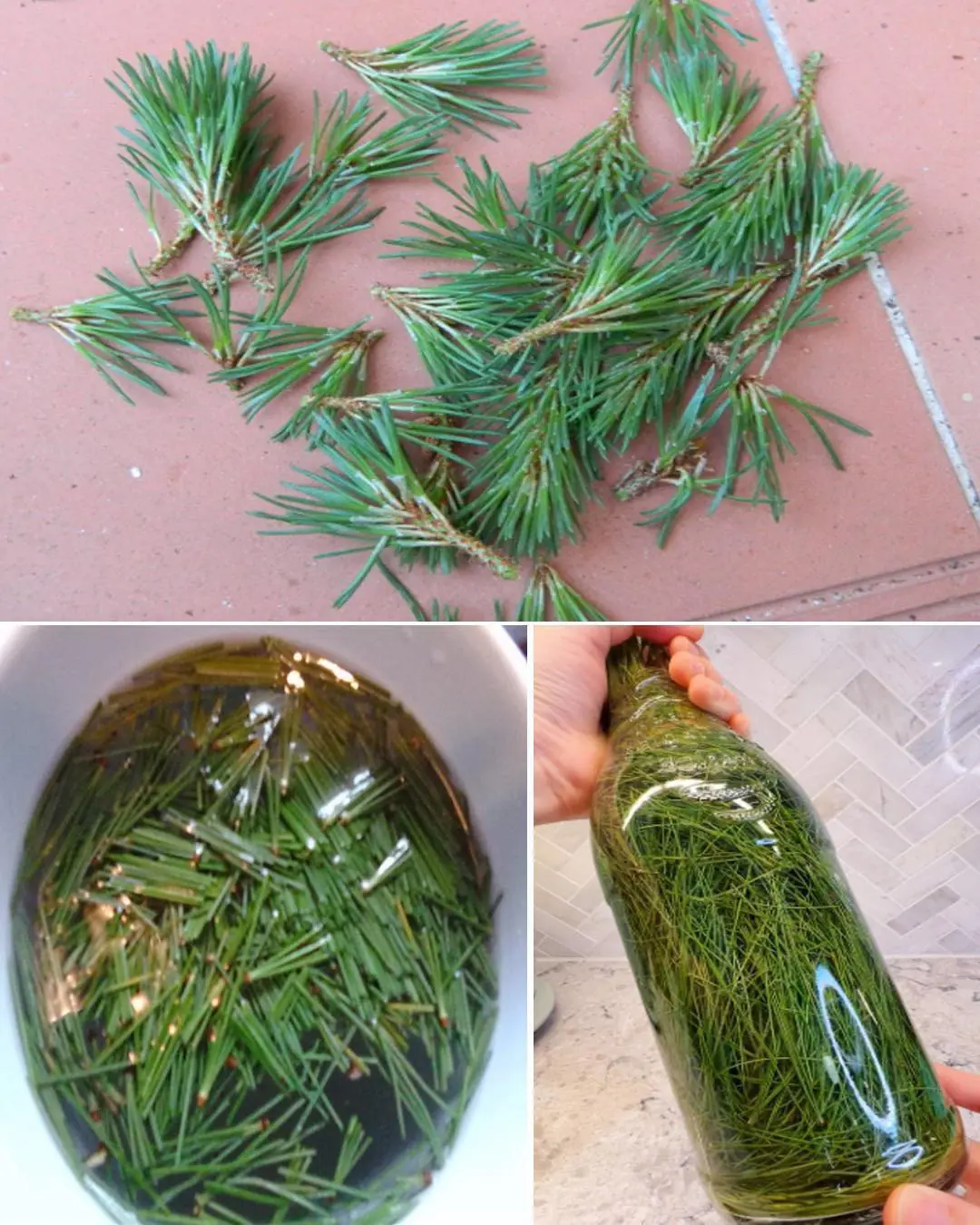
9 Health Benefits of Pine Needles
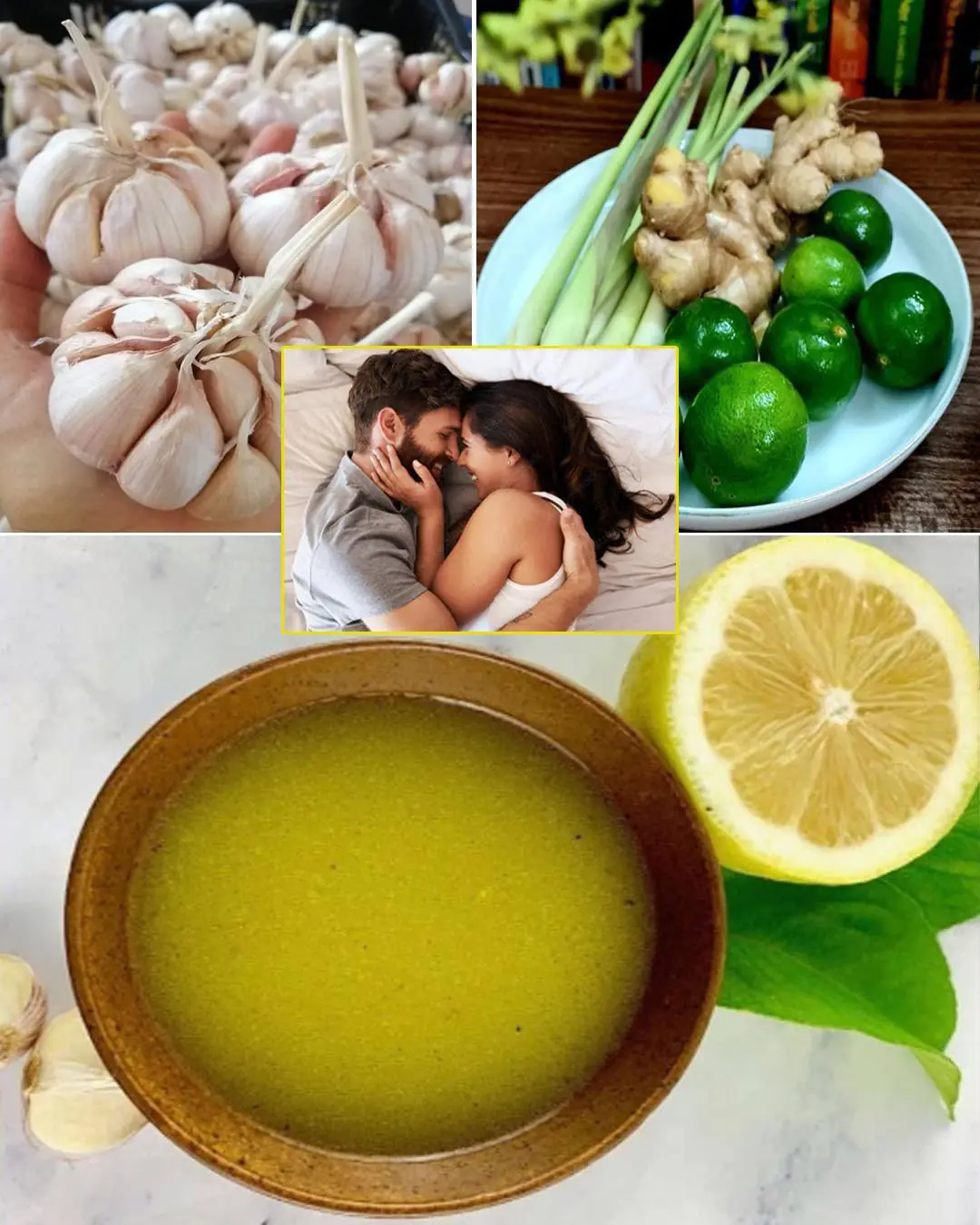
Unlock The Incredible Health Benefits of Garlic, Ginger and Lemon for Men
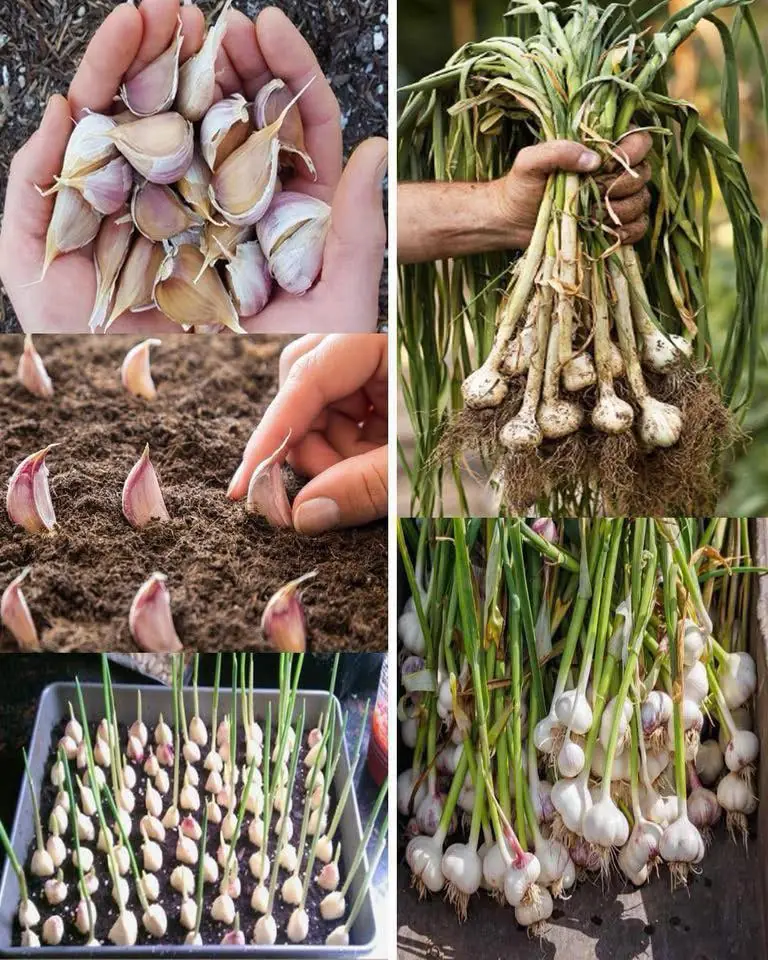
A special method to grow garlic in plastic bottles
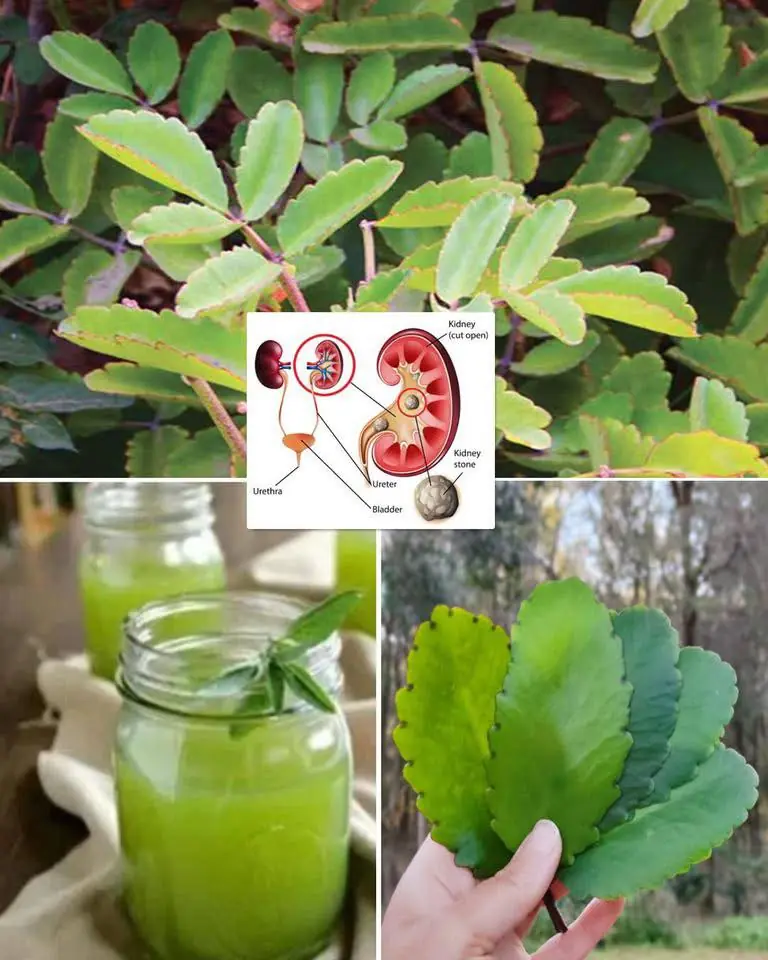
7 Benefits of the Miracle Leaf of Life
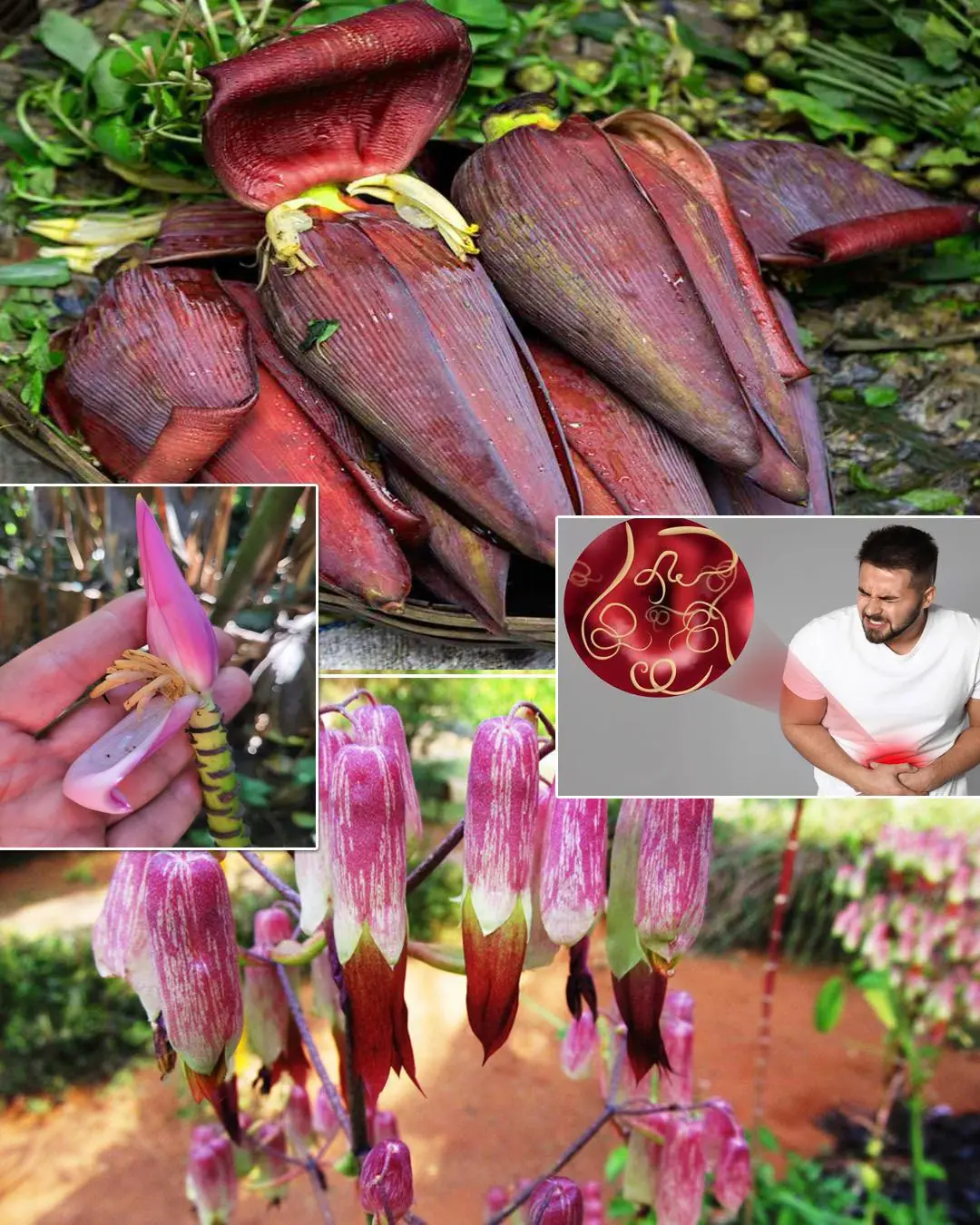
7 Amazing Health Benefits of Banana Blossoms

The Science Behind Putting a Cotton Swab in a Menthol Oil Bottle

More People Are Struggling with Visceral Fat — Doctors Reveal 9 Foods That Help Burn It Naturally

Black Turmeric vs. Yellow Turmeric: Which One Is Better?

Starve cancer: the diet rotation strategy you need to know

Like to see more from Tips for the Home

💪 Sarcopenia: Why Muscle Loss Happens & How to Fight It (After 50)

I Had No Idea About This!

These Ideas Are Amazing: 10 Clever Ways to Use Dryer Sheets Beyond the Laundry Room

Most Don’t Know: 13 Brilliant Ways to Use WD-40 Around the House
